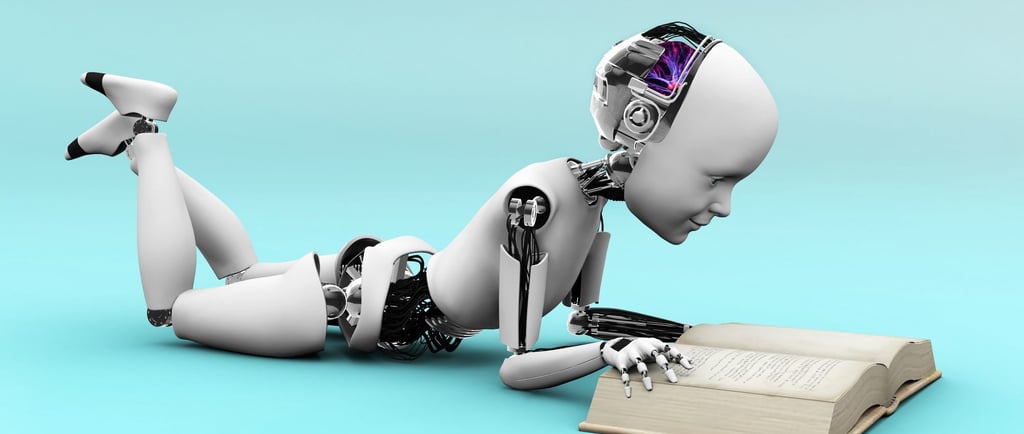Artificial Intelligence, Real Carbon Consequences
A sustainability view of AI
William Bachmann
6/27/20252 min read


Artificial Intelligence(AI) is evolving into an indispensable tool across almost all sectors, from healthcare and finance to education and climate science. Not only does the construction of these large data processing plants consume vast amounts of energy and raw materials, but due to our increased use and reliance on AI, running AI systems and generators now requires masses of energy and computing power, with the operation significantly contributing to carbon emissions, water usage and electronic waste.
One of the biggest issues with the use of AI is its water usage, as it is needed to cool systems down. Because these data centres run nonstop at high intensity, generating a tremendous amount of heat, there is a constant need for large scale cooling, resulting in facilities requiring substantial amounts of water. A recent article in MIT technology review estimates that worldwide, the water used by AI-related infrastructure could soon be six times greater than the total water consumption of Denmark, a country with a population of 6 million. But why is this a problem, and how do we combat it? Many data centres are located in areas where water is already scarce, so using millions of litres for cooling that could instead be used for farming or drinking puts even more pressure on local communities. There are several ways to counter this: data centres could switch to air or liquid immersion cooling, drastically reducing need for water; build centres in places with a naturally cooler climate; or even build underwater facilities, lessening the need for intensive cooling.
The energy required to generate AI text and images is another cause for concern. To create one AI image, it takes as much energy as fully charging your phone, and generating 1000 images with a powerful AI tool emits about as much carbon dioxide as driving 4.1 miles in a petrol powered car. As cited in The Economic Times according to the International Energy Agency, the electrical demand from data centres is estimated to rise by 800 terawatt hours(TWh) by 2035, from just over 400TWh in 2024 – enough to power 75 million US homes for an entire year. This immense amount places strain on global power grids to generate significantly more energy. Unless this energy is obtained through sustainable means, there will be a sharp incline in carbon emissions, subsequently accelerating climate change. Therefore, to reduce these impacts, we must focus on ensuring that AI centres are powered by renewable energy, like solar or wind.
Not only does AI use masses of energy and water, but it also produces an extortionate amount of electronic waste. As different companies race to produce faster and better models, old hardware is discarded. These parts often are difficult to recycle, and some contain toxic material, all adding to the world’s growing e-waste problem. Companies need to focus on restoring, reusing and recycling this otherwise useless hardware, or designing modular and upgradeable hardware, so that old or faulty components can be easily swapped out without needing to discard entire systems.
AI is both an incredibly useful yet potentially damaging tool, and its unchecked use without proper regulations could cause irrevocable environmental harm. We cannot continue to use AI without properly addressing the problems that come with it, and must find ways to integrate AI databases with renewable energy.
Klere Limited
Nature data and carbon capture.
enquiries@klere.uk
Tel: 0203 583 1263
© 2024. All rights reserved.


